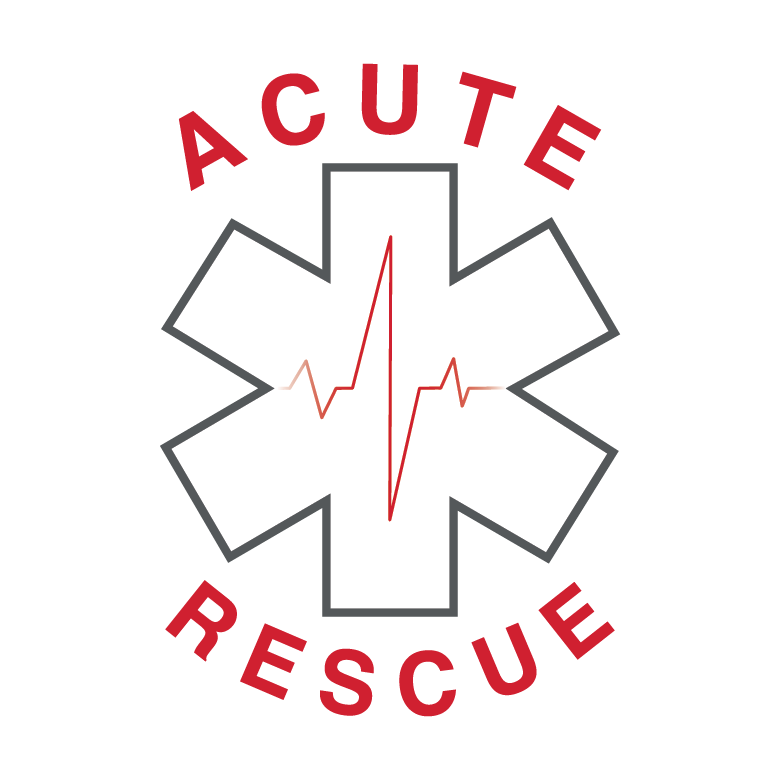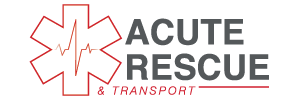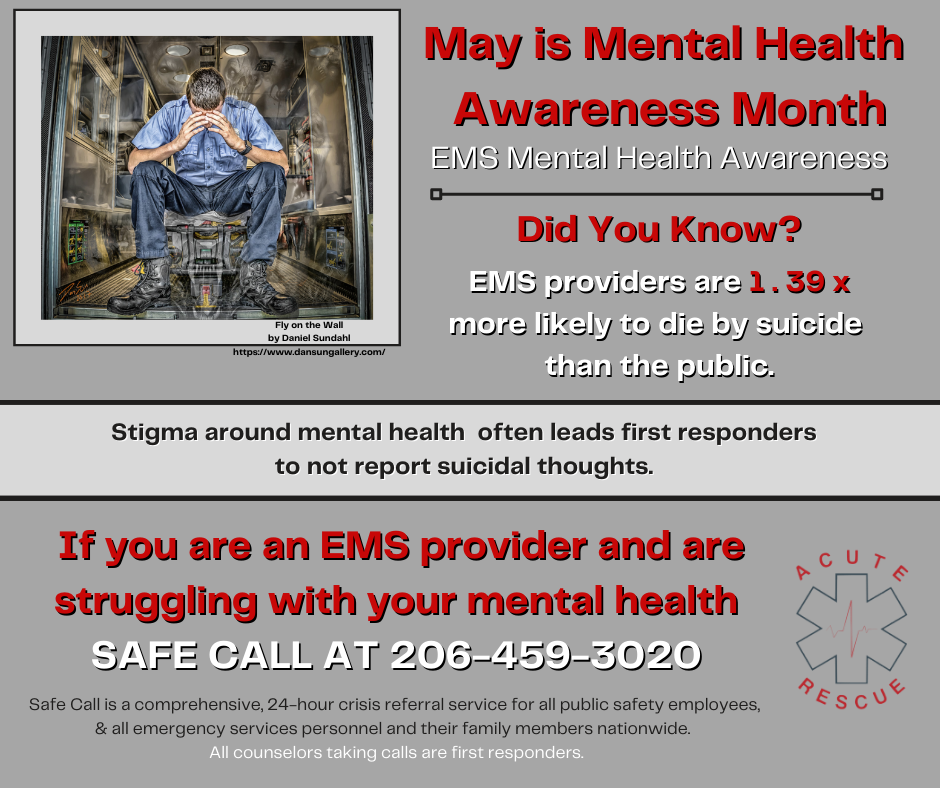We at Acute Rescue believe that education for both the public and our EMS providers is a vital part of improving the quality of care and reducing mortality rates. President Wesley Anderson has served on the TSE committee for EMS providers since 2018, became a board member for the Paramedic Program Advisory Committee for Idaho State University in 2017, and then was elected President in 2019. Wesley is also on the EMS Sustainability Subcommittee, working with legislators and healthcare providers in Idaho to improve EMS in Idaho for everyone. He has been an Idaho State EMT instructor since 2003. In addition, Acute Rescue is the only EMS organization in the Treasure Valley that continued clinical rotations for EMS providers in training during the COVID-19 pandemic and continues to foster relationships with all the major EMS training schools in the area.

What Is The Idaho Time Sensitive Emergency (TSE) System?
Legislation created the Idaho Time Sensitive Emergency (TSE) System. It addresses the top three preventable causes of death in Idaho: trauma, stroke, and heart attacks (a.k.a. STEMI).
This is a collaborative approach throughout the state including hospitals, EMS agencies, public health districts, and the Idaho Department of Health & Welfare.
TSE Goals
Studies show that public education combined with coordinated systems of care improve patient outcomes, reduce the frequency of preventable death, and improve the quality of life of the patient. The goals of the TSE system are to decrease mortality and improve patient recovery, as well as the transportation of patients to an appropriate medical center for treatment.
Acute Rescue periodically hosts CPR classes for the public, as well as other health care providers.
Please download the educational materials about TSE emergencies you see on this page.
If you’d like Acute Rescue to hold a class for your group or healthcare facility, please submit an inquiry.
EMS Adult Training Programs
- Idaho Medical Academy:
- College of Western Idaho
- Idaho CPR Plus
- Idaho State University (Pocatello and Meridian, ID)
- RC Health Services
EMS High School Training Programs
Other Resources
Visit Daniel Sundahl’s Gallery





